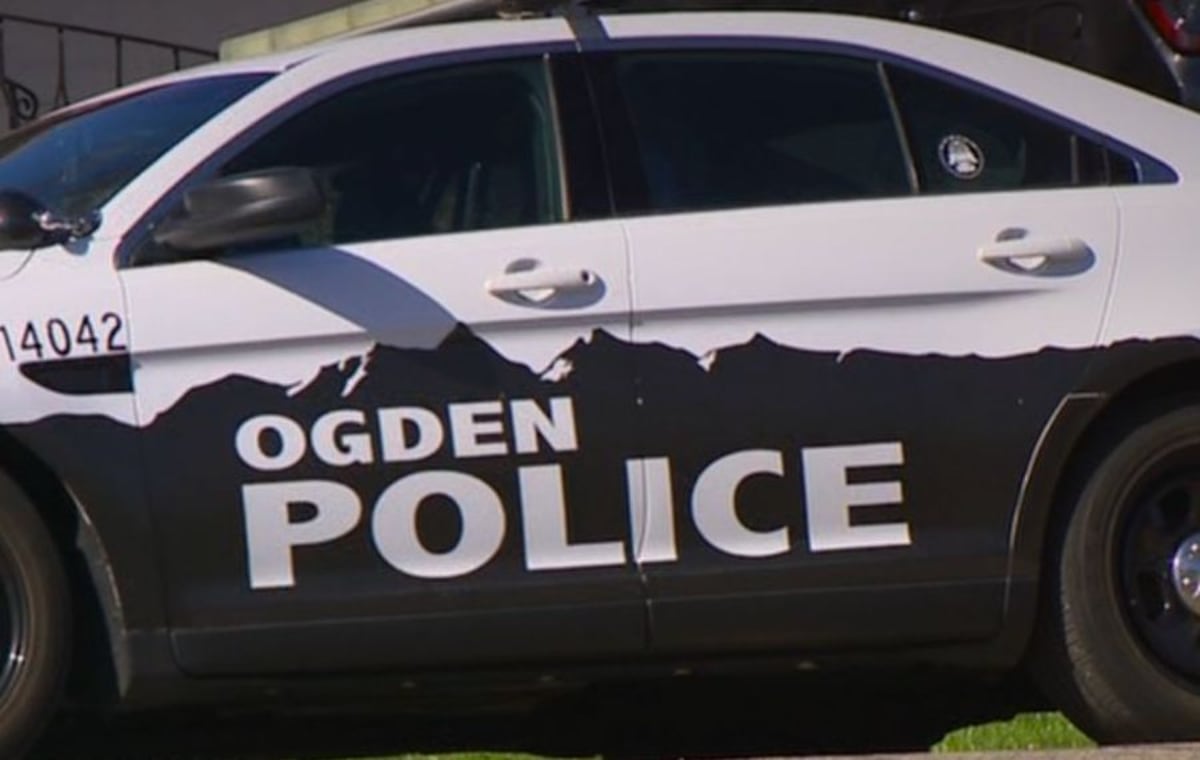A Senate committee advanced HB300 on Monday which would require voters to input a state ID number on their ballot.
KEY POINTS
- The Legislature’s big election bill, HB300, will no longer require voters to show photo ID in-person to return a ballot.
- The bill would require voters to request a mail-in ballot every eight years starting in 2029.
- It would also phase out signature verification in favor of a state identification number.
Utah lawmakers approved the latest version of their vote-by-mail reform on Monday.
The Legislature’s compromise bill to enhance voter identification for mail-in ballots, HB300, would replace signature verification with a state ID number for voters over the next few years.
During his committee presentation, bill sponsor Rep. Jefferson Burton, R-Salem, unveiled additional changes from his initial proposal that would expand ID options for voters and would push back the deadline for voters to request a mail-in ballot to 2029.
“The primary problem this bill is trying to fix, I would say, is essentially you can register to vote in Utah currently and then never show your ID again,” Burton said. “All this does is enhance an already good system.”
The changes to the bill on Monday came after hours of discussions between legislators, the Lieutenant Governor’s Office and county clerks on Friday, according to those who testified on the bill.
However, clerks — who are the officials who administer elections in Utah — only spoke in opposition. Salt Lake County Clerk Lannie Chapman said the legislation’s “substantial hurdles” could double the time needed to administer upcoming elections.
Utah County Clerk Aaron Davidson said only requiring an ID number could make fraud easier than forging a signature. And Iron County Clerk Jon Whittaker said new deadlines would “disenfranchise” voters who aren’t aware of the changes.
What does HB300 do?
The current form of HB300 would differ from the version passed in a House committee three weeks ago by no longer requiring most ballots to be returned in-person to poll workers.
But, like the original version, it would require voters to opt in to Utah’s previously universal vote-by-mail system.
If signed into law, voters would have until Jan. 1, 2029, to request a mail-in ballot which can be done when they renew their state ID, register to vote, vote in person, fill out an online form on the lieutenant governor’s website or submit a form at their county clerk’s office.
One of the most significant reforms lawmakers included in the bill is that instead of relying on county clerks to verify voter signatures, the bill would require voters to write the final four digits of their driver’s license or an easy-to-obtain state identification card on the return envelope for their ballot.
The bill outlines a free process for individuals to obtain a state identification card at a license examining station by proving their birth date and lawful presence in the country.
The version of the bill updated on Monday would also allow the final four digits of a voter’s Social Security Number to be used as a valid state ID.
There will continue to be a remote voting option available to those who need it because of disability, age, extended illness, or long-term absence from the state.
A signature affidavit option, like the one that has been used by most Utah voters over the last decade, will be available on mail-in ballots until the changes are completely phased in on Jan. 1, 2029.
After this date, voters in Utah would only receive a mail-in ballot if they have opted in. Mail-in ballot status will expire after eight years if not renewed or if a voter does not vote in two consecutive regular general elections.
How has HB300 changed?
Burton’s bill has changed significantly since it was made public on the second day of the legislative session.
When it was first introduced, HB300 would require that after a ballot was mailed to a voter, it was returned to poll workers in person with photo ID.
Voters would have needed to return their “remote ballots” at a standard polling place or at a ballot drop box on Election Day or during a five-business-day window preceding Election Day.
County election officials would have been required to station two poll workers at every drop box between 8 a.m. and 8 p.m. during this period to ask for voter name and valid voter identification for all returned remote ballots.
County clerks voiced concerns about the logistics of staffing a larger number of drop boxes during the week leading up to the election and the $6 million tab that counties would be expected to pick up.
The current version of the bill would allocate $3 million in state funds for additional staff, voter outreach and equipment. The bill’s fiscal note estimates that counties would continue to feel a cumulative impact of over $4 million in ongoing costs.
In an effort to speed up election night results, HB300 would require mail-in ballots to be received by county clerks by 8 p.m. on Election Day to be counted, instead of being postmarked by the U.S. Postal Service the day before Election Day.
The current iteration of the bill would also implement a number of new requirements for the Lieutenant Governor’s Office to update voter rolls and would allow candidates seeking primary nomination to gather signatures both manually and electronically.
Source: Utah News






